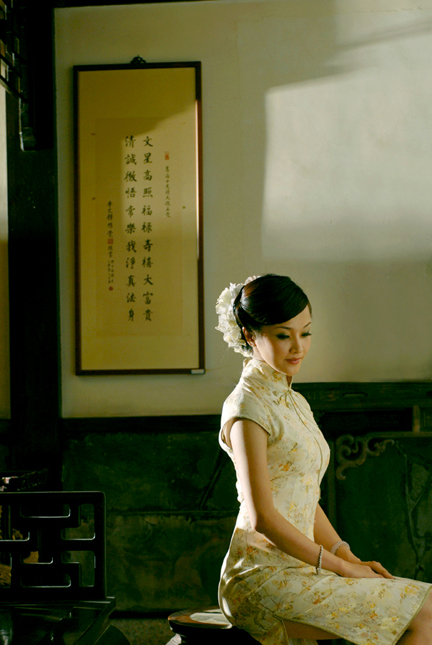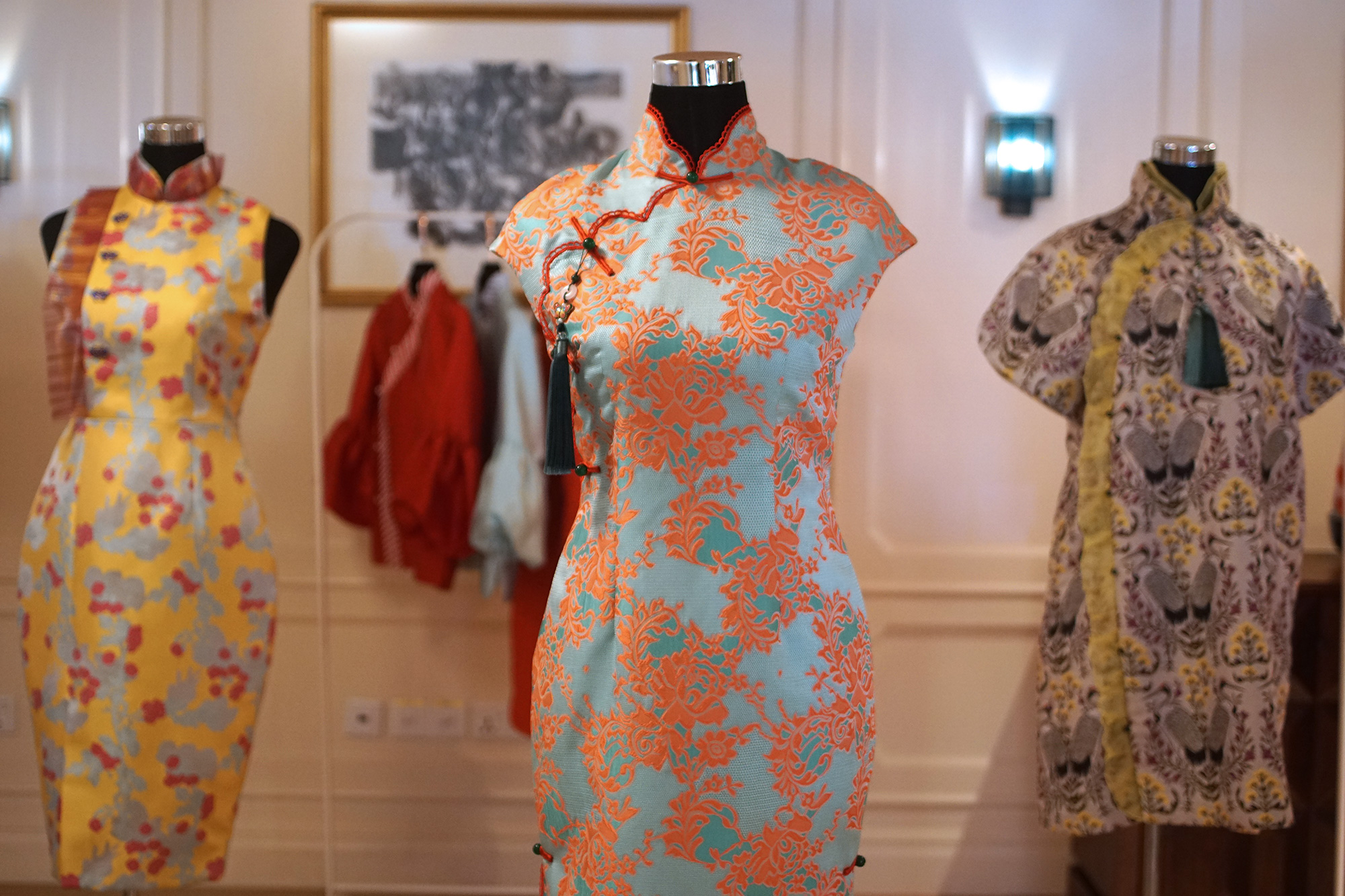The Qipaos Timeless Allure in Modern Wardrobes
The Qipao, also known as the Cheongsam in some regions, is a traditional Chinese dress that has captivated the fashion world for centuries. Its elegant silhouette and intricate detailing have made it a timeless classic, and in recent years, it has found a place in modern wardrobes with a renewed vigor. This article delves into the history of the Qipao, its evolution, and how it continues to enchant fashion enthusiasts around the globe.

The origins of the Qipao can be traced back to the Qing Dynasty, where it was originally a loose, straight robe worn by the Manchu women. As time progressed, the design underwent significant changes, becoming more form-fitting and eventually evolving into the modern Qipao we know today. The 1920s saw a surge in the popularity of the Qipao, particularly in Shanghai, where it became a symbol of sophistication and femininity.

The allure of the Qipao lies in its versatility. It can be dressed up for formal occasions or worn casually for a more relaxed look. The dress is characterized by its high collar, fitted waist, and the distinctive slits that run along the sides, allowing for a graceful movement. The Qipao’s design is not only flattering to the female form but also adaptable to various body types, making it a popular choice for women of all ages.
In the modern era, the Qipao has been embraced by fashion designers who have incorporated it into their collections, often with a contemporary twist. The traditional elements are preserved, while new materials, patterns, and cuts are introduced, breathing new life into this classic garment. This fusion of tradition and modernity has allowed the Qipao to remain relevant and appealing to a global audience.

The Qipao’s journey from a traditional Chinese dress to a staple in modern wardrobes is a testament to its enduring appeal. Its ability to adapt and evolve while retaining its essence is what makes it a true fashion icon. As we look to the future, the Qipao continues to inspire and enchant, proving that some styles are indeed timeless.







